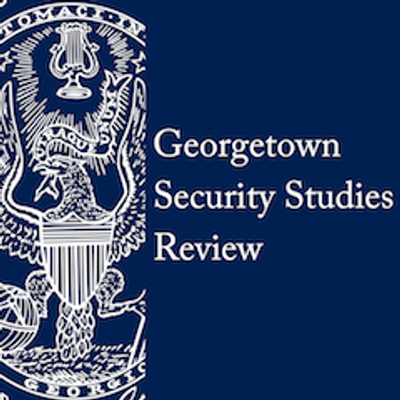
Nuclear Detonations in Space: Reducing Risks to Low Earth Orbit Satellites

Written By: Tyler Koteskey
On July 9, 1962, just after 11 PM, the dark, cloudy summer night above Honolulu turned to day for six minutes. A brilliant flash lit up the sky, shifting from green to yellow to a lingering red. The United States had just detonated a 1.4 megaton W49 thermonuclear warhead 250 miles above the Johnston Atoll.
“Starfish Prime” was neither the first nor last U.S. or Soviet nuclear test in space, but it was the first to clearly show the consequences of a high-altitude nuclear detonation (HAND). In addition to knocking out hundreds of streetlights over 825 miles away on the ground in Honolulu, the blast’s resulting electromagnetic pulse (EMP) subjected satellites in its line of sight to instant, severe radiation damage. What became clear later is that the blast artificially increased the intensity of the Earth’s naturally occurring inner and outer Van Allen radiation belts through the early 1970s. These effects damaged or destroyed a third of existing low-earth orbit (LEO) satellites within seven months.
Starfish Prime inspired treaties in 1963 and 1967 barring nuclear weapons use in space, but U.S. policymakers should not be lulled into complacency today by the existence of these agreements. As relations with space rivals such as Russia and China deteriorate, a HAND first strike may appear increasingly tempting in a future crisis, given the considerable military advantages the United States derives from satellites in orbit. The United States should develop a more resilient LEO satellite infrastructure to reduce the expected gains adversaries hope to achieve with a nuclear first strike in space. This deterrence by denial should make a space-based nuclear detonation—and its harmful consequences—less likely.
